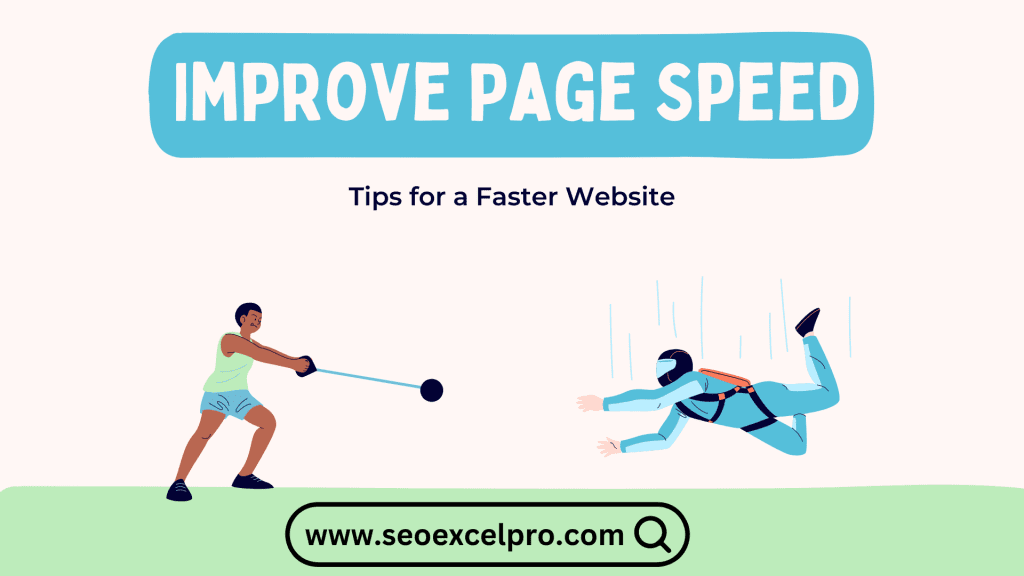In today’s digital landscape, page speed is crucial for user experience and SEO performance. A fast-loading website not only enhances visitor satisfaction but also improves your search engine rankings. Here are some effective strategies to boost your site’s speed.



1. Optimize Images
- Compress Images: Use tools like TinyPNG or ImageOptim to reduce file size without losing quality. Optimizing images can significantly enhance your overall SEO services.
- Use the Right Format: Choose formats wisely (JPEG for photos, PNG for graphics with fewer than 16 colors).
2. Minimize HTTP Requests
- Combine Files: Merge CSS and JavaScript files to reduce the number of requests, a key aspect of effective SEO campaigns.
- Limit Redirects: Each redirect creates additional HTTP requests, so minimize them where possible.
3. Enable Browser Caching
- Set Cache Expiration: Use caching plugins to set how long browsers should keep files. This boosts SEO performance by speeding up repeat visits.
- Leverage Browser Caching: This speeds up loading for returning visitors.
4. Use a Content Delivery Network (CDN)
- Distribute Content: CDNs like Cloudflare or Akamai deliver your site’s content from servers closest to the user, enhancing your site’s SEO services by reducing load times.
5. Minify CSS, JavaScript, and HTML
- Reduce File Size: Use tools like Minify or UglifyJS to remove unnecessary spaces and comments from your code. This is crucial for maintaining SEO performance.
6. Optimize Server Response Time
- Choose a Reliable Hosting Provider: Ensure your host can handle traffic and provides fast server response times, which is vital for successful SEO campaigns.
- Utilize a Dedicated Server or VPS: For high-traffic sites, this can significantly improve speed.
7. Reduce Plugins
- Limit the Use of Plugins: Each plugin can slow down your site. Deactivate and delete unnecessary ones to maintain optimal SEO performance.
- Choose Lightweight Plugins: Opt for plugins known for their speed and efficiency.
8. Implement Lazy Loading
- Load Images As Needed: Lazy loading ensures that images are only loaded when they come into the viewport, speeding up initial load times and enhancing user experience.
Conclusion
Improving page speed is an ongoing process that requires regular monitoring and adjustments. By implementing these strategies, you can create a faster, more efficient website that keeps visitors engaged and improves your SEO services and campaigns.
